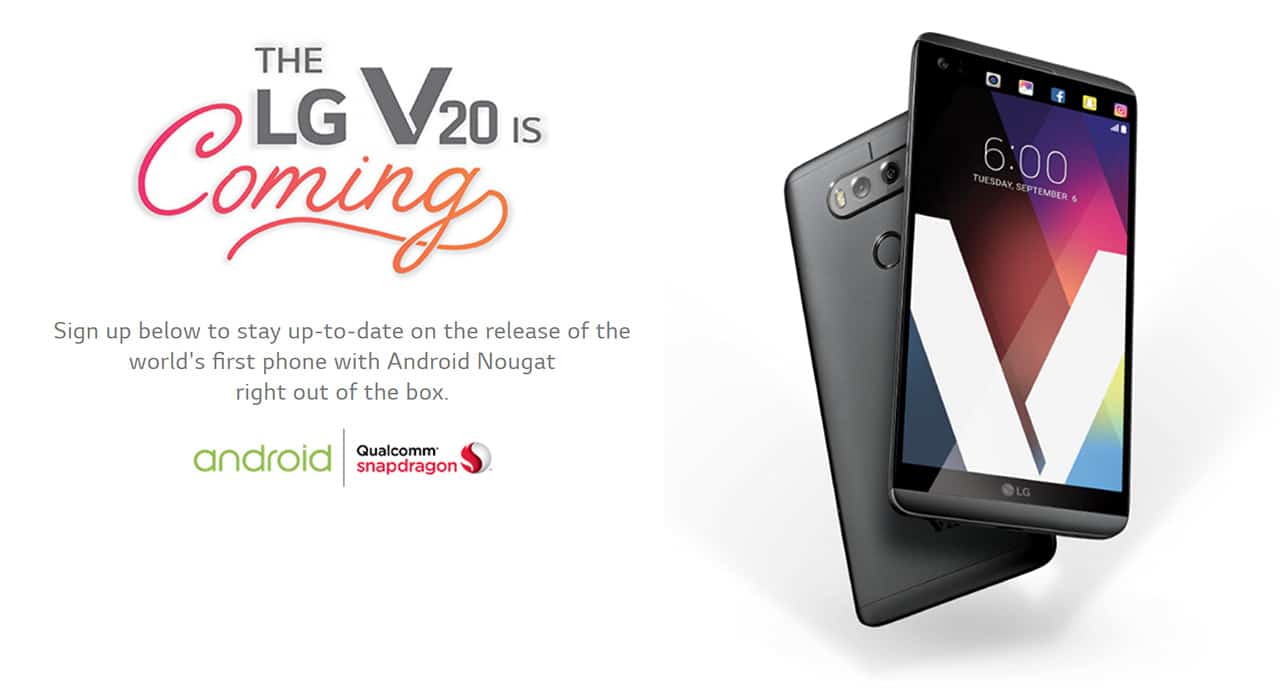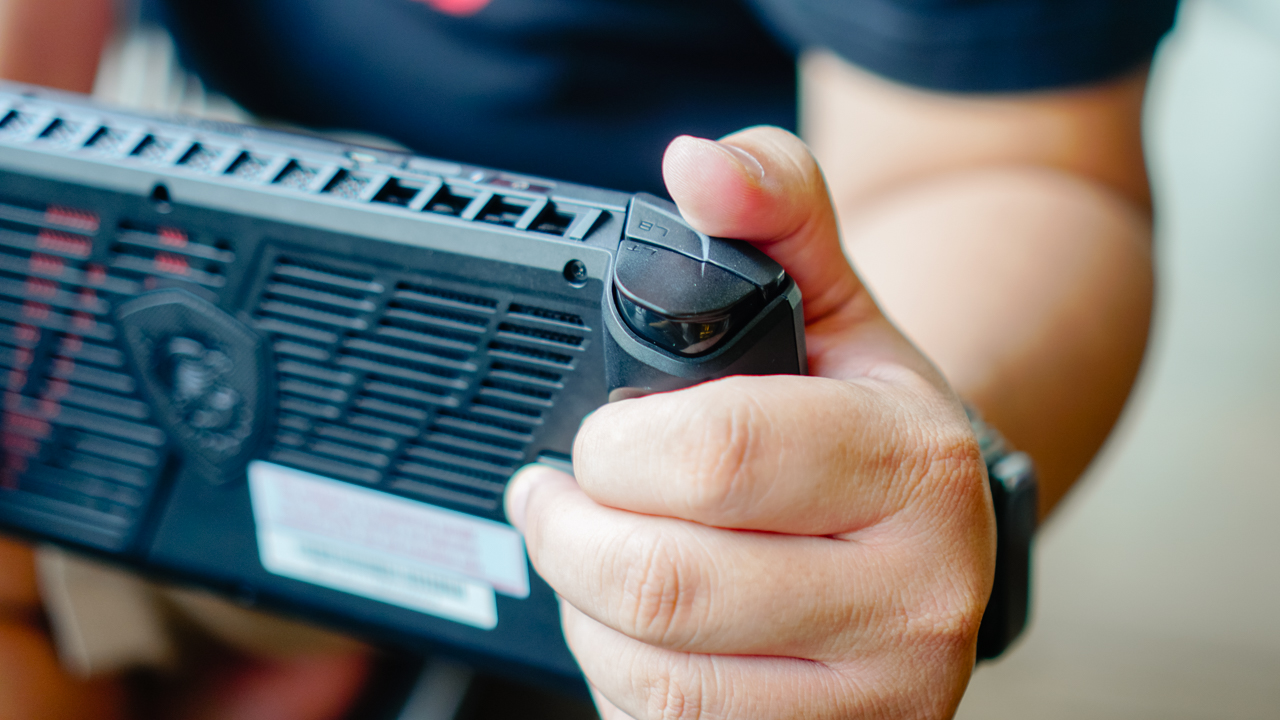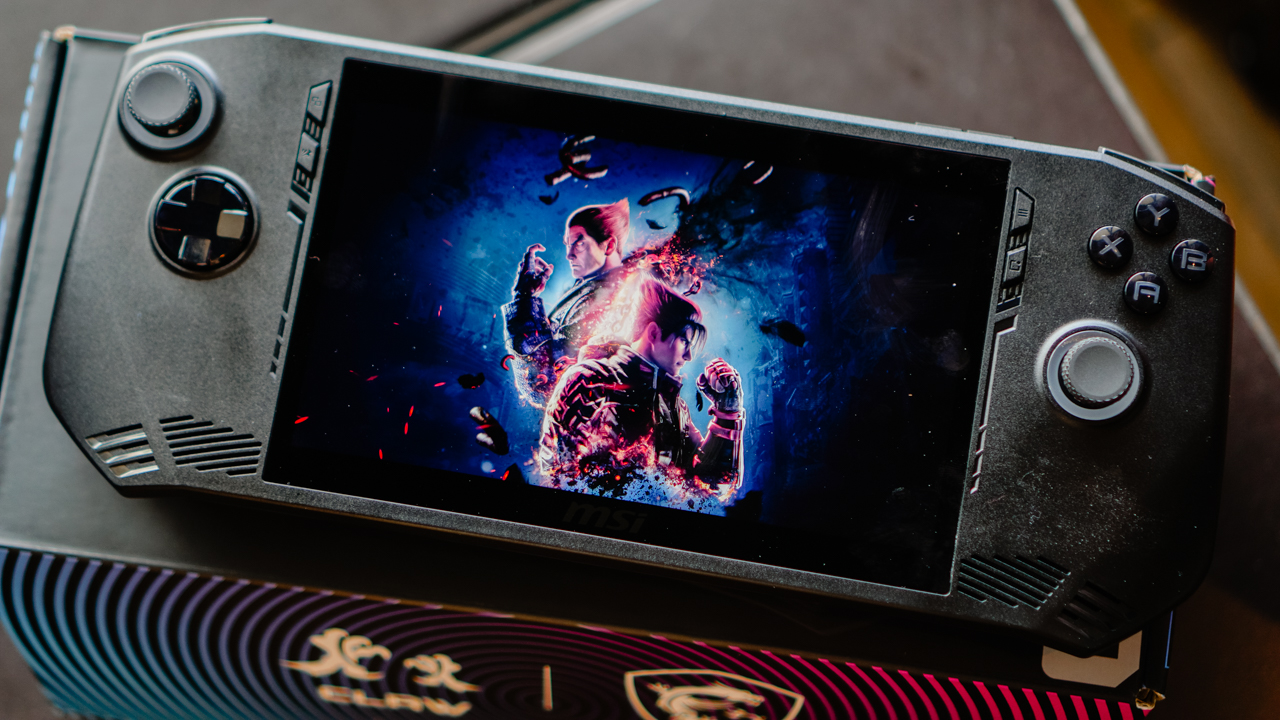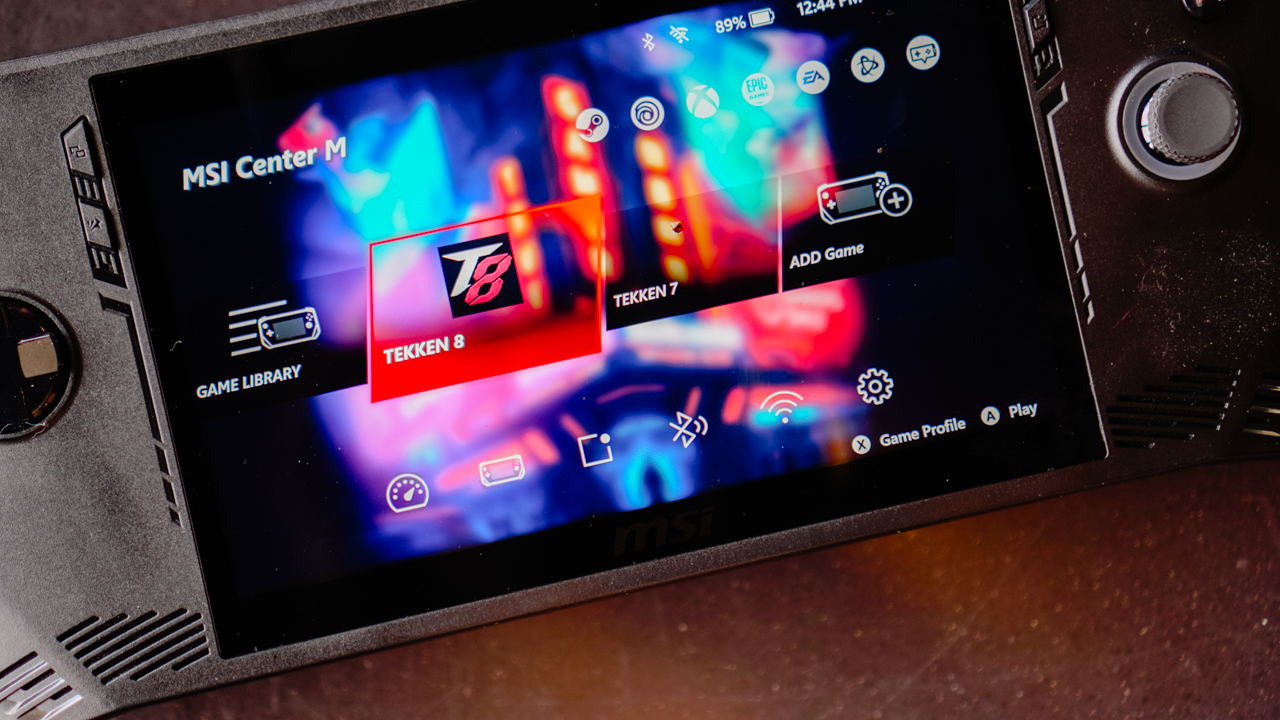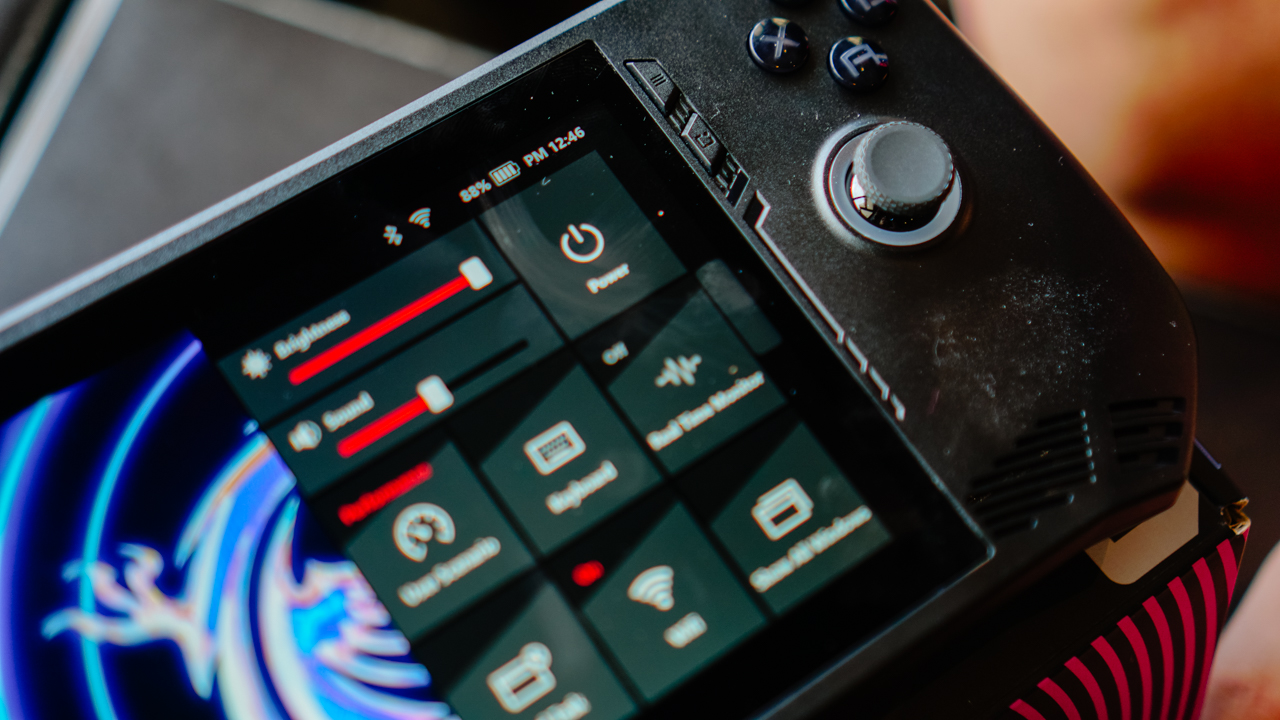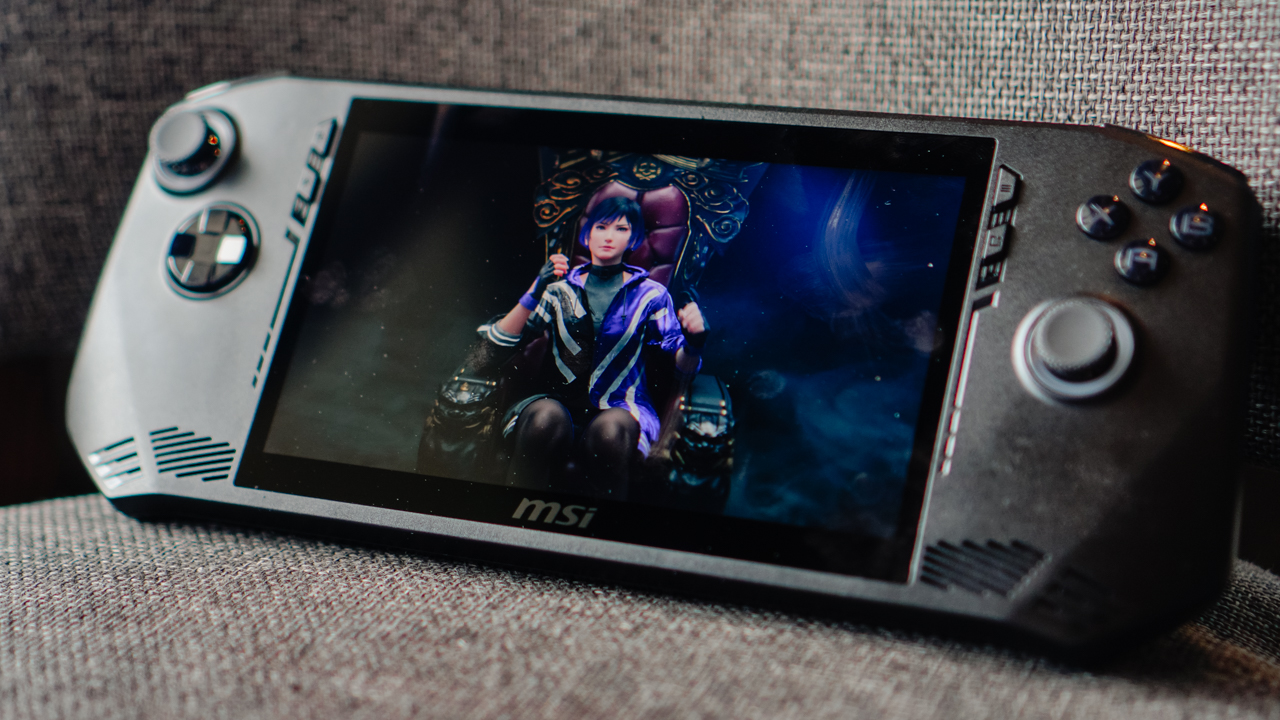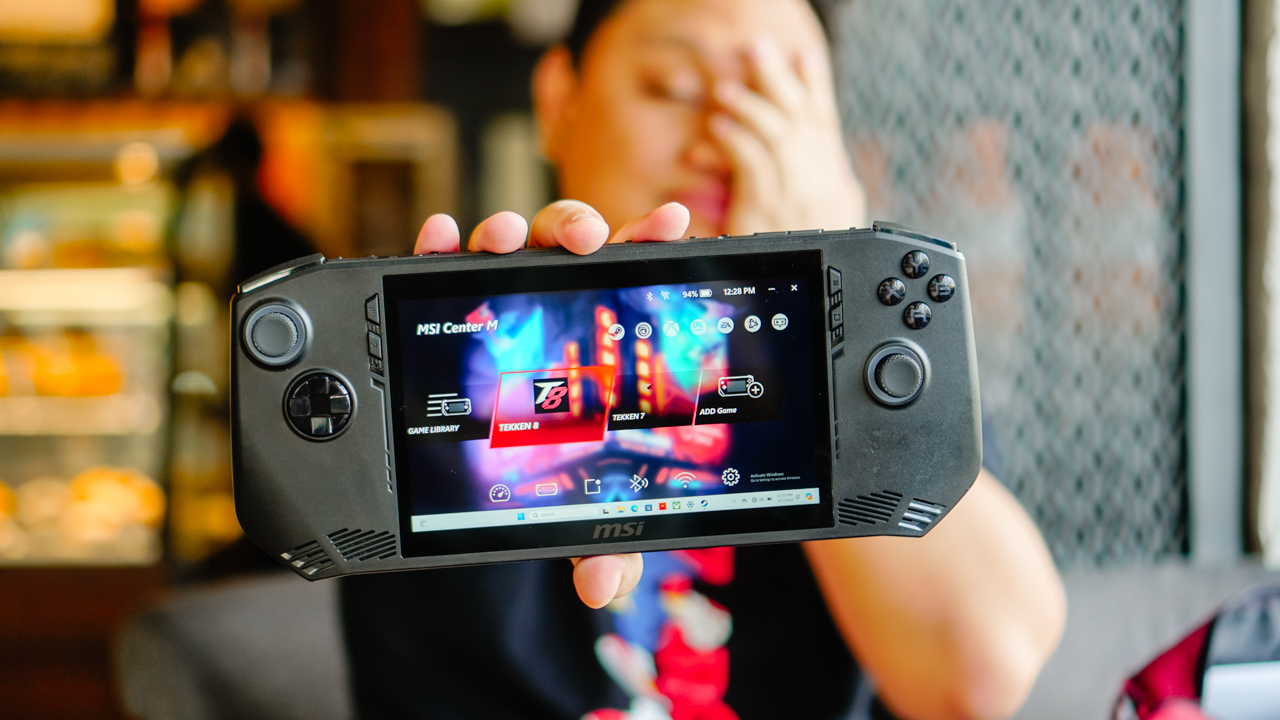Features
Google’s Pixel strategy is doing exceedingly well, at a cost
When friends ask me for tips on buying techie products, one piece of advice constantly comes up: Don’t be an early adopter of first-generation gadgets. Why? Because bugs need to be ironed out first, and brands never show all their cards on the first attempt. This way of thinking is about to change, however, and it begins with Google and ends with Pixel.
Google’s pair of Pixel and Pixel XL smartphones haven’t reached the consumer market yet, but they’re already being showered with glowing reviews.
Well-respected tech journalist Walt Mossberg calls it the “best Android phone” he’s ever tested; Wired is “totally in love with the Pixel”; and Gizmodo says the Pixel makes a strong case if you must buy an Android, even though they’re calling it “dumb and ugly.”
Reviews have been so good, in fact, that Alphabet (Google’s parent company) has experienced its highest stock prices since 2004, according to a report by Bloomberg. The cherry on top: Both phones are currently out of stock because of the overwhelming demand.
[irp posts=”5053″ name=”Google Pixel got the ‘little brother, big brother’ tandem right”]
Sentiments from other outlets have been largely the same, with the only complaints being the sky-high prices, lack of waterproofing, and bland physical design. Do the cons sound a little familiar? Those have been shots taken against Apple’s iPhones for the longest time (only the second con changed recently), making the Pixel a perfect rival in both strengths and weaknesses.
Still, as happy as we are for Google and consumers wanting more choices, the Pixel strategy is alienating Android’s most important supporters: third-party manufacturers.
By releasing a high-end pair of smartphones that’s truly its own, Google is now a direct competitor to the companies it has been working so closely with since Android’s conception, sending a harsh signal to hardware partners that there’s an even better way to handle its operating system, way beyond what Nexus has ever done.
The Pixel strategy is alienating Android’s most important supporters: third-party manufacturers.
Despite having the Pixels manufactured by HTC, the search giant has the software and hardware process under its control from start to finish. This is distinctly different from the way the Nexus series was handled, wherein the likes of Huawei and LG had their own say for the design, and were only required to lay out a fresh layer of Android inside.
Samsung is clearly the most affected brand. Now that the Galaxy Note 7 is out of commission, you’d have to look all the way back to February to find Samsung’s current, yet somewhat stale, Galaxy S7 flagship line. The development surely doesn’t bode well for the Korean company, who has been largely responsible for boosting Google’s mobile operating system to an 87 percent market share last quarter, thanks to a 22 percent smartphone market share of its own.
LG has also been caught in the crossfire. Its phablet flagship, the yet-to-be-shipped V20, has been heavily marketed as being the first smartphone to have Android 7.0 Nougat out of the box, only for it to be outshone by the 7.1 version the Pixel smartphones will come with at around the same time. We wonder if Google knew about this in advance, or if they sent a really nice fruit basket to LG’s headquarters.
The only major player to benefit from Google’s new-found success is HTC. Even though its own self-branded smartphones continue to slump sales-wise, the Taiwan-based company actually saw a 41 percent revenue jump last month. Once the Pixels begin shipping, HTC’s fortunes will surely turn around, in spite of the lack of branding.
The only major player to benefit from Google’s new-found success is HTC.
As for how Chinese brands Huawei, OPPO, Vivo, Xiaomi, and the like feel about this, well, they’re too busy raking in mountains of cash from dominating the entry-level and midrange markets — two segments Apple and Google don’t really care about at the moment.
The situation is similar to the topic we touched on when we talked about Project Ara’s demise a month ago. Android partners already feared Google had shot them in the foot by buying Motorola to produce its own phones. When the Mountain View company changed its mind and sold the well-known handset manufacturer to Lenovo and began work on its modular phones, brands such as LG and Samsung looked into alternatives to the Android OS.
Fortunately (or unfortunately, depending on how you look at it), Project Ara didn’t push through, so third-party brands had less competition to worry about — but then Pixel came in, and here we are. Oh, Google!
[irp posts=”4335″ name=”Project Ara’s story is all about wasted potential”]


With all the options available in the market, shopping for TVs can get overwhelming.
One brand Michael Josh recommends whenever someone asks? It’s none other than Samsung.
They have TVs for every price point and every feature a user might prioritize.
But which one is right for you?
Keep watching our 2024 Buyer’s Guide to find out the latest Samsung TV that best matches your needs.
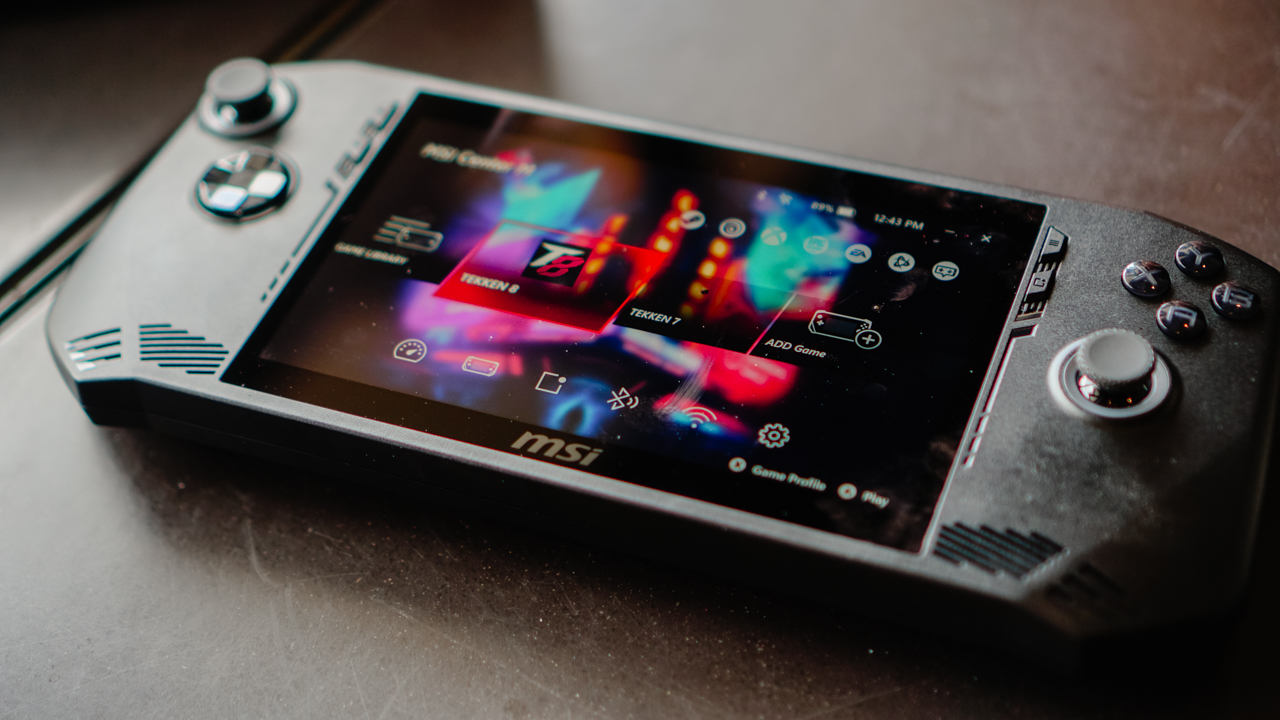
The MSI Claw is the latest gaming handheld from a major PC and laptop brand. The competition in this emerging gadget segment is tighter than ever. So, what is it about the MSI Claw that can scratch your gaming itch? Here’s a quick list.
Best grip in the game
One quick glance and it’s hard not to compare the claw with another popular gaming handheld. But a closer look and actually holding the thing will reveal that its grip easily feels better.
It has a slightly deeper groove that makes it easier to hold. So, MSI’s “Grip and Game” tagline isn’t all talk. Its design truly does provide one of the better feeling handles among its competition.
The overall design makes sure it’s made for extended gameplay sessions. The buttons are where you expect them to be. That includes the four mini buttons on the upper edges of the screen. These are the View, MSI Center M, Menu, and Quick Settings buttons.
In addition, the face buttons and d-pad all feel great. The face buttons, in particular, feel comparable to those of regular console controllers.
The rest of the buttons and triggers have a very satisfying tactile feel. It also uses Hall Effect technology to get rid of any stick drift issues.
Up top, you’ll find the power button, MicroSD Card slot, Thunderbolt 4 USB-C port, audio jack, and the volume buttons. These are intuitively placed and just makes sense given the overall design approach.
As cliché as it sounds, you’ll really think you got your money’s worth once you hold, touch, press, and grip the MSI Claw.
Dragon Vision
Now, MSI isn’t really calling it that but I thought it sounds pretty cool. A big part of the whole gaming experience is the display. Balancing resolution and frame rates is always tricky but the MSI Claw does it convincingly.
With this gaming handheld, you get a 7-inch display with a 120Hz refresh rate. Looks great on paper and it’s even better in real life. It’s the sweet spot in terms of both size and performance. There’s enough here to immerse you all while delivering a satisfying level of crisp and smoothness.
It’s comfortable to view whether you’re on the couch, on a desk table, or lying down getting a quick game in before you get some shut-eye.
Battery Life
At 53Whr, the MSI Claw has a 36% larger battery capacity than its contemporaries and promises 50% more play time.
MSI claims “elevated performance with extended endurance” using the Claw with faster charging capabilities.
These percentages are hard to measure in real life usage. What we can say for certain is that you get the expected performance and playtime typical of a handheld. That’s a little under two hours for graphically demanding titles, and close to four hours on less demanding ones.
The charging claim is legitimate. The MSI Claw juices up faster than most other handhelds, going from 20% to 100% in about a little over a K-Drama episode (roughly a little over an hour).
MSI Center M
Any self-respecting gaming handheld has its own software to make navigating the thing more manageable. While its direct competitors have an armoury crate and a space, MSI went with Center M.
The best part about MSI Center M is it puts your installed games front and center. Right when it launches, you get immediate access to the titles you have available on your machine.
MSI Afterburner is already the most commonly used app for taking a look at how your machine is performing while you play. That functionality is built-in to the MSI Claw. You can access it view the Quick Settings buttons.
Layout and functionality-wise, the MSI Center M is certainly one of the better Gaming Handheld softwares available right now.
Competitive Performance
A defining trait of the MSI Claw is that It’s the first gaming handheld to be powered by Intel Core Ultra. With it comes Intel XeSS tech. What it does is leverage AI upscaling to boost the fps of select titles.
As of launch, 50 notable games are supported. That number will certainly grow throughout the device’s lifespan. Some of the titles include Hi-Fi Rush, Dying Light 2, Forza Horizon 5, Call of Duty Warzone 2.0, Returnal, and many, many more.
Naturally, results will vary depending on the game mode you’re using. But in general, AAA games get anywhere between 10% to 45% better frame rate performance with Intel XeSS.
For our part we played TEKKEN 8 and the recently launched Horizon Forbidden West. Both graphically demanding games played relatively well on the MSI Claw. Frame rate performance on TEKKEN 8 is crucial and we got a relatively consistent fps, never dropping below 40.
Horizon Forbidden West is a much more graphically demanding game. We were able to run it in Medium Settings and while it doesn’t look as incredible, it still played relatively well with a frame rate surprising for a gaming handheld.
Extras
MSI made sure that if you wanted to, you could get some extra stuff with the MSI Claw. Its separately sold accessory set includes the Claw Travel Case, Nest Docking Station, Claw Lanyard, and Claw Keychain.
On paper, the MSI Claw lists its ergonomic design, AI Engine, and App Player as distinct advantages over its competition.
Whether it’s the Gaming Handheld that matches your needs is still ultimately up to you. If you have the opportunity to test drive the device, we suggest you do so. That might just solidify your purchase decision.
Price and availability in the Philippines
The MSI Claw will be available in three configurations in the Philippines. There are priced as follows:
MSI Claw A1M-075PH (PhP 45, 995).
- Intel® Core™ Ultra 5 processor 135H
- 512GB NVMe PCIe Gen4x4
- LPDDR5 16GB, dual channel
- Intel® Arc™ Graphics
Claw A1M-076PH (PhP 50, 995).
- Intel® Core™ Ultra 7 processor 155H
- 512GB NVMe PCIe Gen4x4
- LPDDR5 16GB, dual channel
- Intel® Arc™ Graphics
Claw A1M-077PH (PhP 53, 995).
- Intel® Core™ Ultra 7 processor 155H
- 1TB NVMe PCIe Gen4x4
- LPDDR5 16GB, dual channel
- Intel® Arc™ Graphics
Ongoing Promotion
You can still get your own MSI Claw with exclusive bundled freebies 𝐄𝐗𝐓𝐄𝐍𝐃 until 𝐀𝐩𝐫𝐢𝐥 𝟑𝟎, 𝟐𝟎𝟐𝟒!
This feature article is a collaboration between GadgetMatch and MSI Philippines.

I’ve got a new favorite pair of headphones.
They look good, sound good, last long, are compact and portable.
Most of all? They are from a brand that I truly love.
But I’m getting ahead of myself.
Here’s are V Major reasons why I love the new Marshall Major V!
-

 Features1 week ago
Features1 week agoFortify your home office or business setup with these devices
-

 Events2 weeks ago
Events2 weeks agoStellar Blade: PlayStation taps cosplayers to play Eve for game’s launch
-

 Gaming2 weeks ago
Gaming2 weeks agoThe Rogue Prince of Persia looks like an ultra-colorful roguelite
-

 Accessories2 weeks ago
Accessories2 weeks agoLogitech unveils G Pro X 60 gaming keyboard: Price, details
-

 Gaming2 weeks ago
Gaming2 weeks agoStar Wars Outlaws release date revealed
-

 Reviews1 week ago
Reviews1 week agorealme 12+ 5G review: One month later
-

 Gaming2 weeks ago
Gaming2 weeks agoLenovo confirms development of a Legion Go 2
-

 Deals2 weeks ago
Deals2 weeks agoTCL P635 TV: Big savings for TCL’s anniversary

